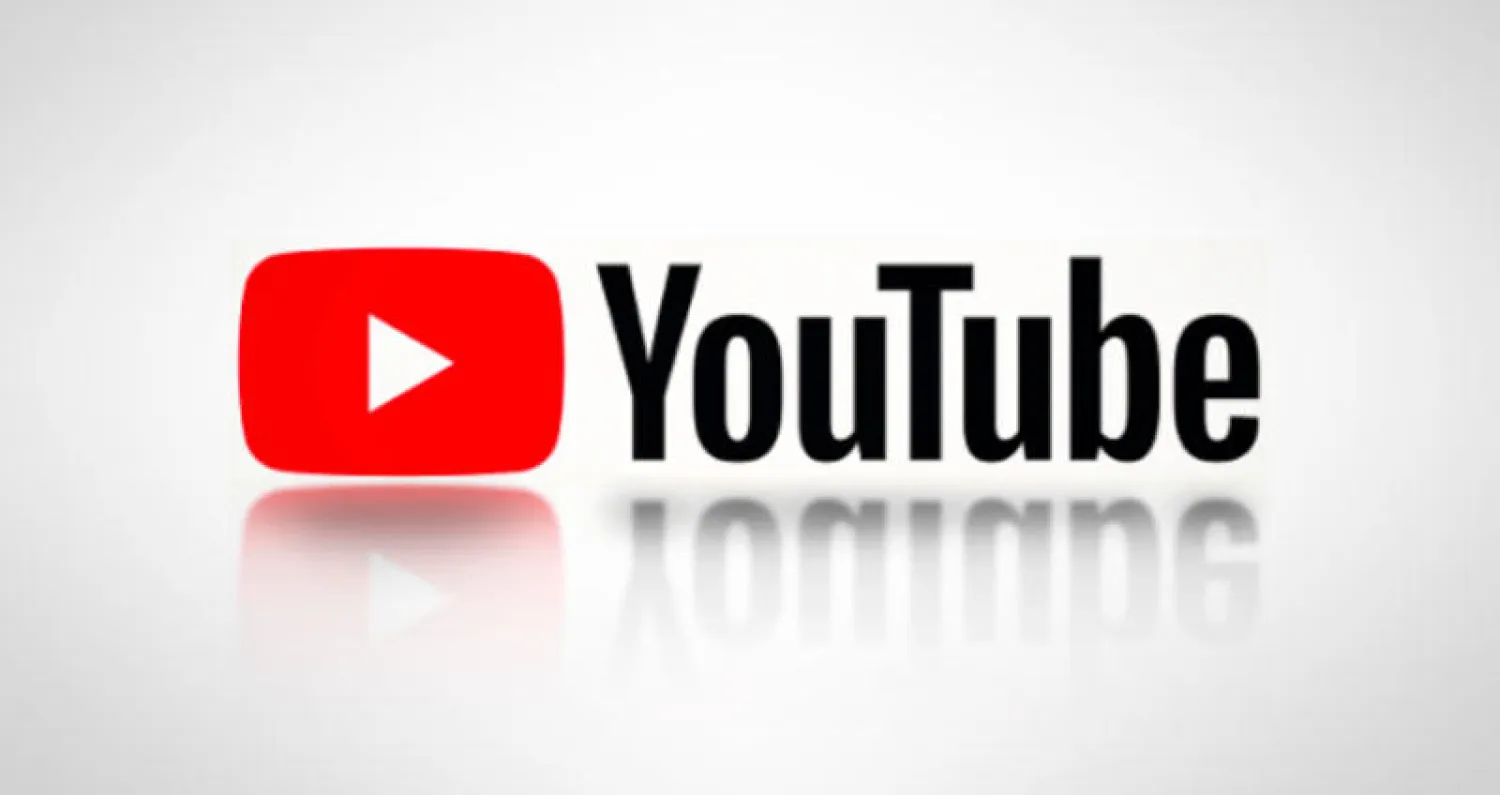In an effort to reassure creators and ease growing concerns, YouTube has clarified details about its upcoming update to monetization policies, following a wave of criticism—especially from creators who use artificial intelligence tools to produce videos.
The update, set to take effect on July 15, 2025, as part of the “YouTube Partner Program,” aims to crack down on what the platform defines as “non-original content.” This has sparked fears among many that videos relying on AI, reused materials, or reaction videos lacking clear creative input may become ineligible for monetization.
René Ritchie, YouTube’s Head of Creator Liaison, explained in a video that the new policy isn’t a drastic change but rather a “minor adjustment” to an already existing rule that non-original content must undergo significant transformation to qualify for monetization.
He emphasized that the main goal is to better equip YouTube’s systems to identify repetitive or mass-produced content with little to no added value—often perceived by viewers as spammy or lacking real substance.
Although the final version of the policy has not yet been published, the initial clarifications indicate that YouTube is not targeting AI tools themselves. Instead, the platform is focused on reducing low-quality content created using such tools—such as clips made from stolen footage and AI-generated voiceovers without any human creative input.
In response to a post on the social platform X (formerly Twitter) claiming that YouTube would ban monetization for any fully AI-generated video, the company clarified that using AI tools to enhance content quality is still allowed, as long as other policies and standards are met.
Many content creators are hopeful that this move will help curb the spread of low-effort content and foster a more professional, high-quality environment that allows genuine creativity to thrive on the platform.


